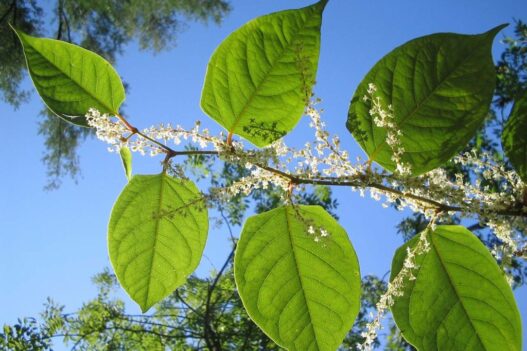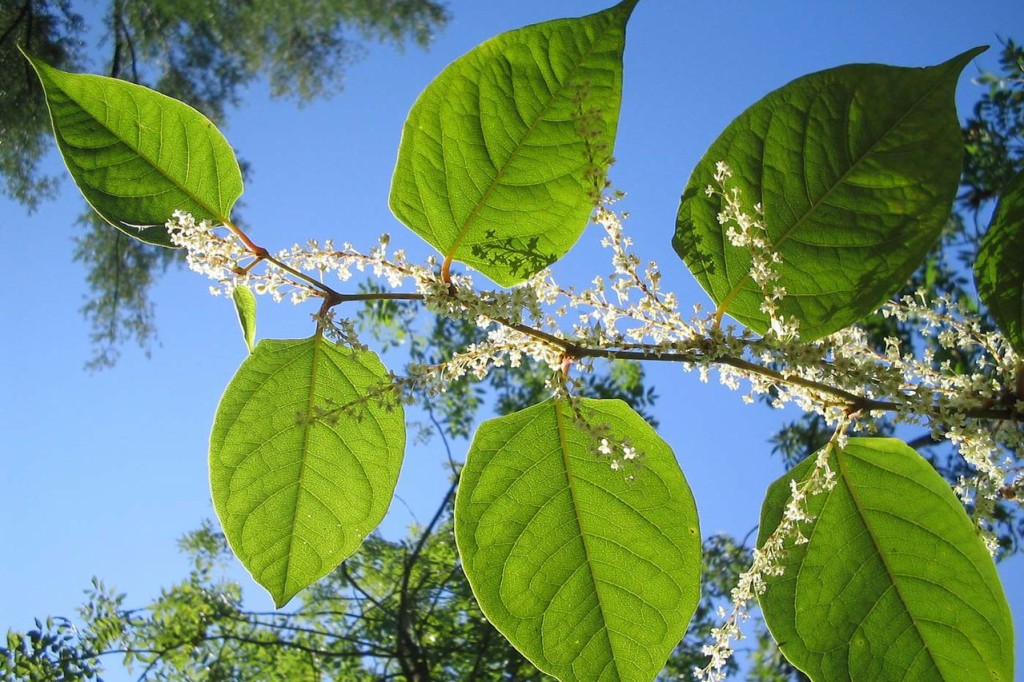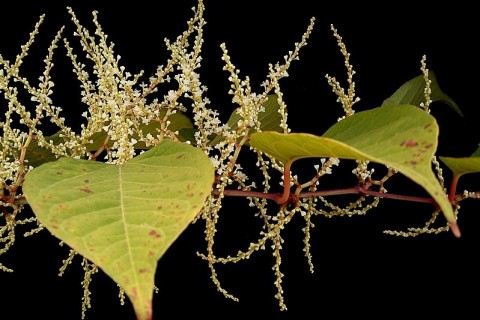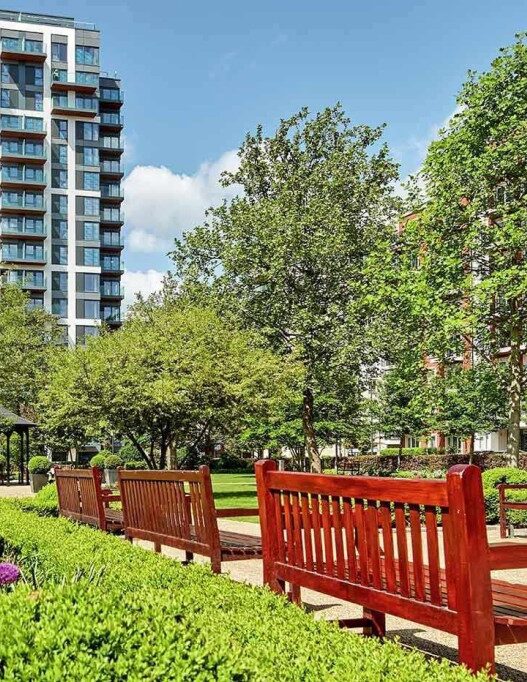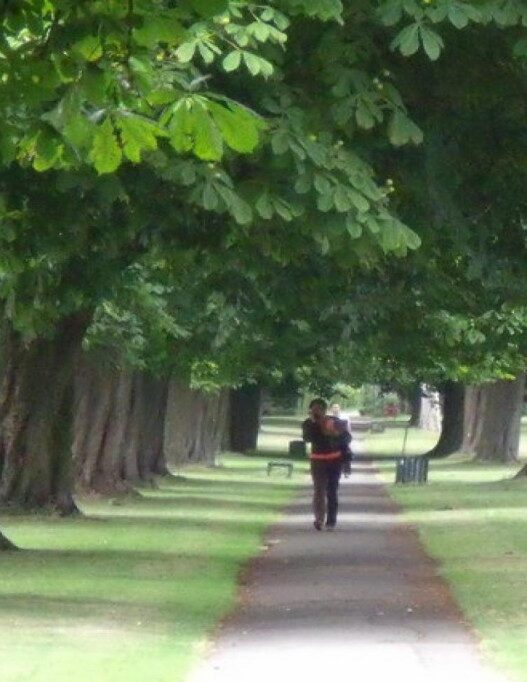Knotweed has a fearsome reputation as an invincible and destructive weed that threatens the value of property within reach. Historically, mortgage providers have been cautious about lending to affected properties. But what is the true level of threat posed by this noxious perennial? New research by a team of ecologists from the University of Leeds suggests its destructive power may have been exaggerated.
Introduced to Britain in the 18th century, knotweed was prized for its decorative properties and as a possible solution to concealing and stabilizing railway embankments. However, in recent years it has been commonly referred to as a “scourge” in the press, and even labeled by the Telegraph as “tarmac vandalism thugs”.
Knotweed is certainly invasive and widespread. This plant spreads very quickly and can take root even in the smallest part of the cut stem, so it is very difficult to kill the plant. It doesn't hurt that Japanese knotweed has a negative impact on the environment, as native plants struggle to survive under its dense foliage. But a degree of hysteria appears to have amplified the plant's ability to damage residential buildings.
new discovery
New research published in July 2018 shows that knotweed is not as damaging to buildings as previously thought. A team from the University of Leeds surveyed 51 contractors and 71 surveyors, providing insight into 122 properties infected with Japanese knotweed.
They found that structural damage to these properties due to weeds was rare and only occurred where there were pre-existing structural weaknesses. On the other hand, trees, vines, and shrubs have been shown to cause significantly more damage to residential buildings.
Dr. Mark Fennell, Chief Ecologist at AECOM, led the study and commented on the results:
“We found nothing to suggest that Japanese knotweed causes significant damage to buildings, even when it grows nearby, and is subject to such strict lending policies. It certainly doesn't cause any more damage than other species that don't.
Japanese knotweed and mortgage providers
We asked Greg Cunnington, Director of Lending Relations and New Homes at Alexander Hall, whether there had been a change in the attitude of mortgage lenders towards homes affected by knotweed.
“There's no doubt that lenders, and the researchers whose views they rely on, have softened their stance on Japanese knotweed in recent years,” he said.
“Historically, the mere mention of Japanese knotweed near a property was enough for many lenders to immediately decline an application,” he added. “However, as our understanding of Japanese knotweed and the treatments available has become more sophisticated, the majority are now taking a more flexible approach.”
He also explained that he had not noticed any notable changes since the Leeds University report, but that surveyors and lenders would be continually assessing the issue. He said he was “very confident” the new research would have an impact and “provide behind-the-scenes reassurance” to buyers seeking mortgages on affected properties.
So what are the real risks of knotweed?
Although its ability to cause damage to residential buildings seems to have been exaggerated thanks to sensational news coverage, its active growth could impact the following areas of real estate:
Drains and other underground utilities can be obstructed by Japanese knotweed roots Paved areas such as patios and walkways can be affected by Japanese knotweed shoots growing out of joints Gardens with shallow foundations Walls can be eroded by weeds Outdoor buildings such as greenhouses, sheds and even garages can be affected Greenhouses can be affected as well as outbuildings. Gardens can become infested with Japanese knotweed, reducing the positive effects of a carefully planned outdoor space.
Even if the plant appears to have been cut down above ground, any part of the plant may be dormant underground. What is the solution for homeowners facing this harmful pest, since recurrence can occur years after initial treatment?
solution
Fly-tipping Japanese knotweed cuttings has been illegal since it was included in the Wildlife and Countryside Act 1981. Due to the ability of even the smallest parts of the plant to regrow and take root, any action other than professional removal is strongly discouraged. Although these measures have limited the spread of this plant in rural areas, urban gardens and brownfield lands have become major breeding grounds.
The Environment Agency has rejected proposals for a national strategy to eradicate the species, citing the prohibitive cost of billions of pounds. The agency commissioned the map to track the distribution of the species across the country and relies on the efforts of private homeowners and landowners to manage the plant's spread.
expert support
In 2012, the Property Care Association (PCA) established the Invasive Weed Control Group to help people identify qualified regulated professionals to prevent infestations. Amateur attempts to remove the plant can easily make the problem worse, and professional solutions require a sustained approach over many years to completely remove the plant. .
There is constant progress in finding more effective ways to deal with knotweed. A team of biological scientists from Swansea University spent five years testing 19 methods used to control weeds and ultimately patented a method known as the 'four-step model'.
The research team emphasizes the fact that it is important to use the right herbicide at the right time to effectively treat plants. They also say that three to five years of careful treatment are required to fully resolve the infestation. Click here for more information about the study results and approach, as well as a link to the full research paper.
Responsibility: Buyer and Seller
In a number of recent lawsuits, landowners have successfully sued for allowing Japanese knotweed to spread onto surrounding land. However, it is worth bearing in mind that the RICS report on Knotweed and Residential Property highlights that “most infestations…can be controlled without prohibitive cost”.
So what are the main responsibilities of buyers and sellers when it comes to knotweed?
seller
Sellers are legally required to check whether weeds are present on their property. If found to be present, this must be marked on the TA6 property information form. If you try to hide the presence of Japanese knotweed on your property, you could be sued.
It is the seller's responsibility to provide an appropriate management plan to address the infestation using an approved contractor (see Invasive Weed Control Group above). These companies should be able to provide guarantees for the eradication work they carry out, protected by independent insurance companies.
This gives both sellers and buyers peace of mind that a complete course of treatment is promised. This is particularly important given the Swansea University team's findings that complete eradication requires three to five years of continuous work.
buyer
The buyer's surveyor will assess the level of impact of Japanese knotweed infestation on or around the property based on the RICS report mentioned above.
Infections are graded 1-4. Category 1 is when Japanese knotweed is found more than 7 meters away on land adjacent to the property, and Category 4 is when Japanese knotweed is found within 7 meters of the main building, greenhouse or garage on the property. is.
Greg Cunnington explains how lenders react when knotweed is found.
“Lenders will typically want to know if Japanese knotweed has been noted, details about its location, severity and any treatments in place,” he explains. “So if these details are available in advance, intermediaries can approach lenders and surveyors before applying to see if they are happy with this.”
For more information and advice:









